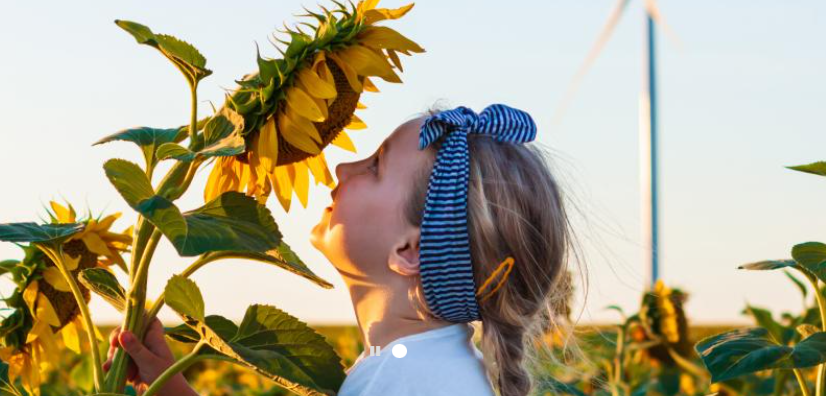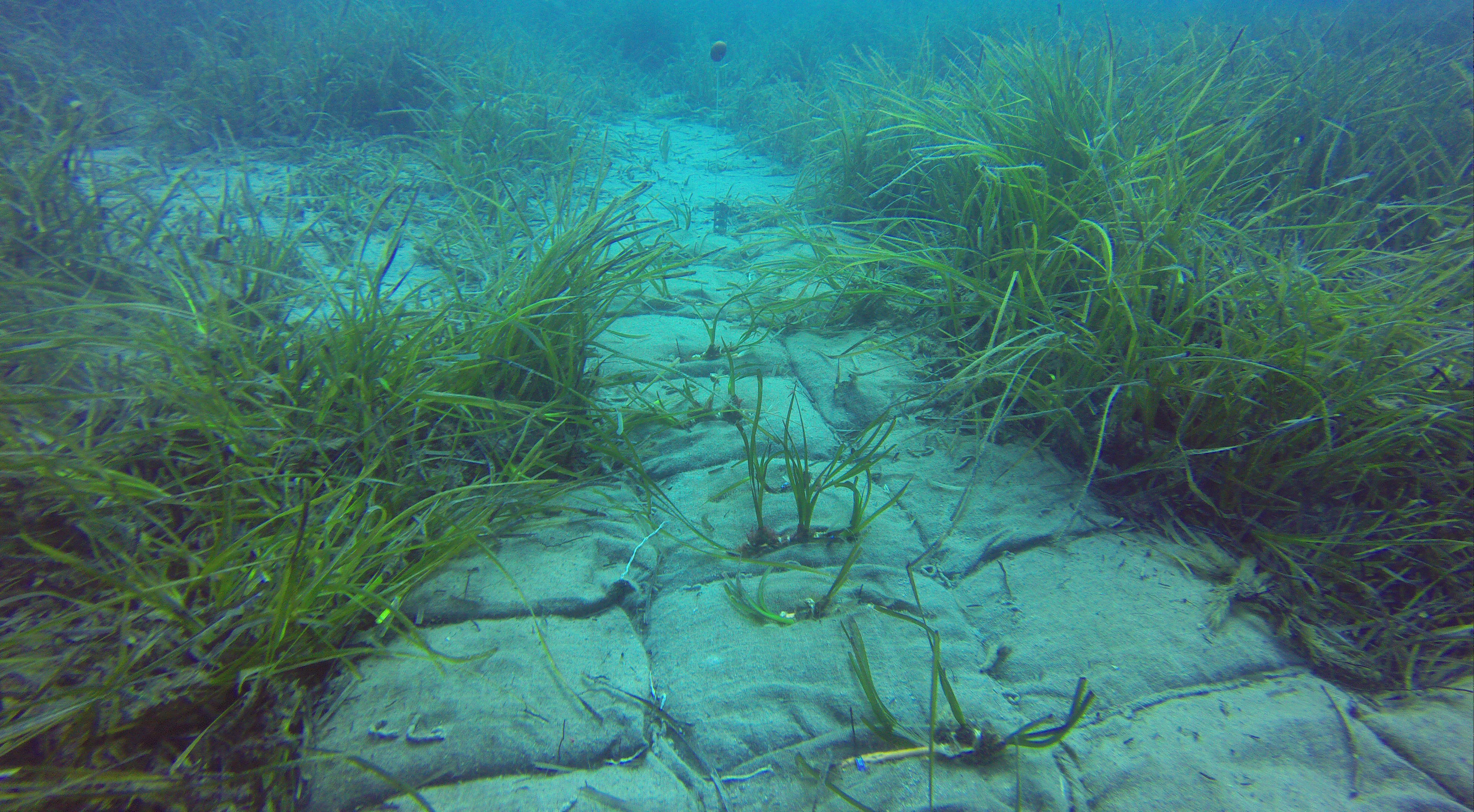We are a global operator of essential infrastructure
- 'Trades in RED: the excitement of learning singular things' seeks to turn high artisan tradition into a magnet for rural tourism and fashion creators
- The event starts around this time in Extremadura with an encounter between artisans from the Valle del Alagón and Sierra de Gata regions and fashion designers. The event will be rolled out to other autonomous regions at a later date
Redeia and the Spanish Rural Development Network (Red Española de Desarrollo Rural) have implemented an innovating project to establish population ad create development opportunities in rural areas thanks to the promotion of their artisan tradition in the fashion, decoration and rural tourism industries.
“Trades in RED: the excitement of learning singular things” seeks to make the artisan techniques and products of our villages known to fashion and decoration companies interested in adding them to their collections, as well as to create tourist experiences around these ancestral trades so they work as magnets to these municipalities.
The goal is to establish population, promote employment diversification and create opportunities in rural areas, representing 80% of Spanish land, as they are the main victim of the crisis that craftsmanship is going through. This industry lost around Euros 300 million between 2015 and 2019, according to the study La artesanía en España: seña de identidad de la alta gama.
“In our villages there is plentiful ancestral knowledge that brings together huge amounts of talent, respect for the environment and a healthy lifestyle. Supporting artisan trade means driving revitalization and sustainable, fair and inclusive development in our villages”, declares Antonio Calvo Roy, director of Sustainability at Redeia, a business group committed to rural areas, where most of its infrastructures are carried out.
For Secundino Caso, chairman at REDR, “vulnerability in the craftsmanship industry contrasts with its growth potential. The “Made in Spain” label provided by many Spanish workshops and masters is an essential added value for many national and international prestigious brands and represents a great opportunity to grow in our country. However, there is no overall recognition of the contribution of Spanish craftsmanship to the high range market. Therefore, we have implemented this pilot project to preserve the sustainability of rural areas and contribute to the attainment of the goals set in the 2030 Agenda”.
Trades in RED has been implemented over the last few days in Extremadura. The first encounter was held between hat makers, tanners, embroiderers and other artisans in the Valle del Alagón and la Sierra de Gata regions and fashion creators and designers, among them, Moisés Nieto, who does not only use artisan accessories in his collections, but has also launched La Hacería, a platform for artisan women to connect with designers. For this he was presented with the MDCM 2020 award.
Moisés Nieto has put a special emphasis on the fundamental contribution of craftsmanship to fashion and art. The mutual benefit for designers and artisans resulting from “Trades in RED” stands out: “Joining fashion and craftsmanship is, nowadays, the only difference between so much “fast fashion” and so many of their brands. The added value we can contribute to a piece of clothing, hand in hand with our artisans and know-how, is the trademark we have to survive in an industry completely saturated with by cheap brands and productions that are causing so much damage to the fashion world”.
María José González, Montehermoso (Cáceres), is one of the artisans to be taking part in Trades in RED. She is the one artisan in the world today that makes the Montehermoseña Hat that women neighbours used to wear to go out to the fields and to attend the festivals. She makes them with rye straw she herself plants in her garden, dries and then weaves to later on sew by hand the adornments based on wool, fabric, buttons and sequins, as her great grandmother used to do. Her unique creations have made it to Vogue’s cover and have appeared on the catwalks twice at the Madrid Fashion Week thanks to Marina Conde, La Condesa’s designer, and the designer from Extremadura Miguel Becer, creator of ManéMané.
Collaborating with fashion designers and brands is an opportunity for many artisans. María Ángeles Hoyos and Marcos López (mother and son), neighbours in Villamiel (Cáceres) and first and second generation artisans, trade their products in fairs and through their website. “If a firm were to ask us to collaborate with them, we would be delighted to do it”, they confess.
The same goes for 70 year old Mª José López Casillas, from Acebo (Cáceres) and the only great bobbin lace master remaining in Spain, and for Rocío Bueso, of 69 years of age, residing at Moraleja (Cáceres), specialised in Extremadura’s traditional folklore skirts, as made by her ancestors, using charcoal fire. They both manage their workshops, where more than 45 women between the two of them, mostly of more than 65 years of age, masterfully embroider and sew in the manner their grandmothers and great grandmothers used to. They make bed linen, table linen, children’s clothes, fans, gloves and even brides’ dresses and decoration items they then give to their relatives and friends as presents. “We used to get orders. Our art was sold to merchants who distributed it throughout Spain and provided income to the women in the villages. Now, nobody in our environment wants to buy them. They are expensive products that require many hours of labour and there are not many women skilled in digital work or marketing to promote them”, they declare.
Spain has 64,000 companies dedicated to craftsmanship (1.9% of the total industrial fabric and 37.4% of the manufacturing industry), considerably below the rates in France or Germany. In turn, Spanish artisan companies employ 213,000 employees, representing 1.1% of total jobs and 10.3% of the manufacturing industry (data of 2019).














